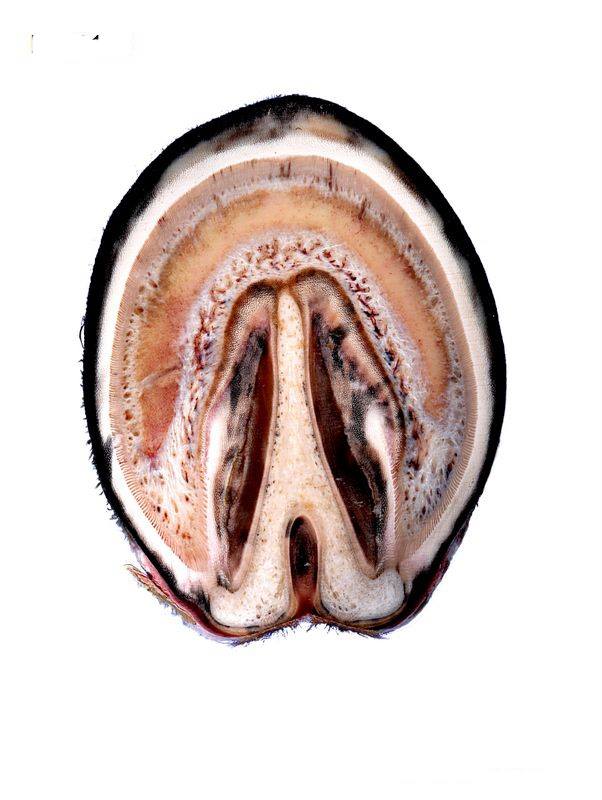One of the side effects of bute is to lower the thyroid hormone levels in the horse and a drop in serum albumin and the signs to watch for are poor appetite, lymphangitis, weakness, increase in digital pulse and tying up.
Other more worrying symptoms (especially horses prone to laminitis or suffering with EMS are weight gain as one of the primary jobs of the thyroid hormones are to govern metabolic rates.
This is obviously counter- productive particularly as the gains will be seen as an increase or swelling of the fat pads which will cause more hormonal upset and the release of more inflammatory chemicals which cause lameness.
The change in hormone levels begin at day four of the course of bute and continue on even when the dose is dropped to a half-1 sachet daily. This is useful information as it may explain the chronic cycle of laminitis/ weight gain (even with good diet management and sufficient exercise).
It might even be said that the long term use of bute increases long term chronic lameness.
If long term bute is prescribed these worrying side- effects may be buffered by administering low level doses of colostrum.
Colostrum which is currently being investigated as an anti-bleeding therapy and has already been shown to protect the gastrointestinal tract and lower the incidence of some common diseases in horses.
It can be purchased over the counter rather than through veterinary prescription, but it is very dependent on dose/per bodyweight


